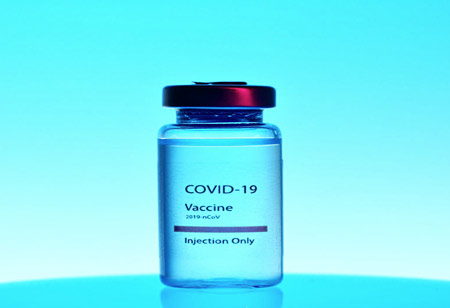Thank you for Subscribing to Healthcare Business Review Weekly Brief
Be first to read the latest tech news, Industry Leader's Insights, and CIO interviews of medium and large enterprises exclusively from Healthcare Business Review
Safeguarding European Healthcare: Quality and Accreditation in Medical Imaging
In the field of radiology, the paramount objective is to guarantee accurate diagnoses and provide optimal care for patients

By
Healthcare Business Review | Friday, January 12, 2024
Stay ahead of the industry with exclusive feature stories on the top companies, expert insights and the latest news delivered straight to your inbox. Subscribe today.
Radiology in Europe is regulated by EU Directives and national regulations, with quality assurance programs and voluntary accreditation initiatives enhancing healthcare delivery.
FREMONT, CA: In the field of radiology, the paramount objective is to guarantee accurate diagnoses and provide optimal care for patients. To achieve this goal, a robust framework of accreditation and quality assurance (QA) protocols has been meticulously established across Europe.
Regulatory Landscape
EU Directives, such as X4/466/EURATOM, play a pivotal role in prescribing comprehensive guidelines for radiation protection within the realm of medical imaging. These directives specifically delineate standards for equipment, dose optimisation, and overall patient safety. Subsequently, individual European nations translate these overarching directives into actionable measures through the enactment of national regulations. These regulations serve as the conduit for the implementation of the EU directives, detailing explicit quality assurance (QA) protocols and accreditation requirements. By adhering to both EU directives and national regulations, healthcare entities ensure the harmonised application of stringent standards, fostering a collective commitment to the highest levels of quality and safety in medical imaging practices.
Quality Assurance
Principles underpinning European guidelines for breast cancer screening and diagnosis form the cornerstone of robust Quality Assurance (QA) programs. These guidelines are centred on key elements such as maintaining high image quality, optimising radiation dose, adhering to standardised reporting standards, fostering a culture of continuous improvement, and implementing effective risk management strategies. In practical terms, QA entails routine assessments through equipment checks, meticulous audits of image quality, peer reviews of diagnostic reports, vigilant monitoring of dosimetry, and a comprehensive system for reporting patient safety incidents. The successful implementation of QA programs is facilitated by the utilisation of standardised tools and methodologies, ensuring consistency and efficacy across the continuum of healthcare practices.






